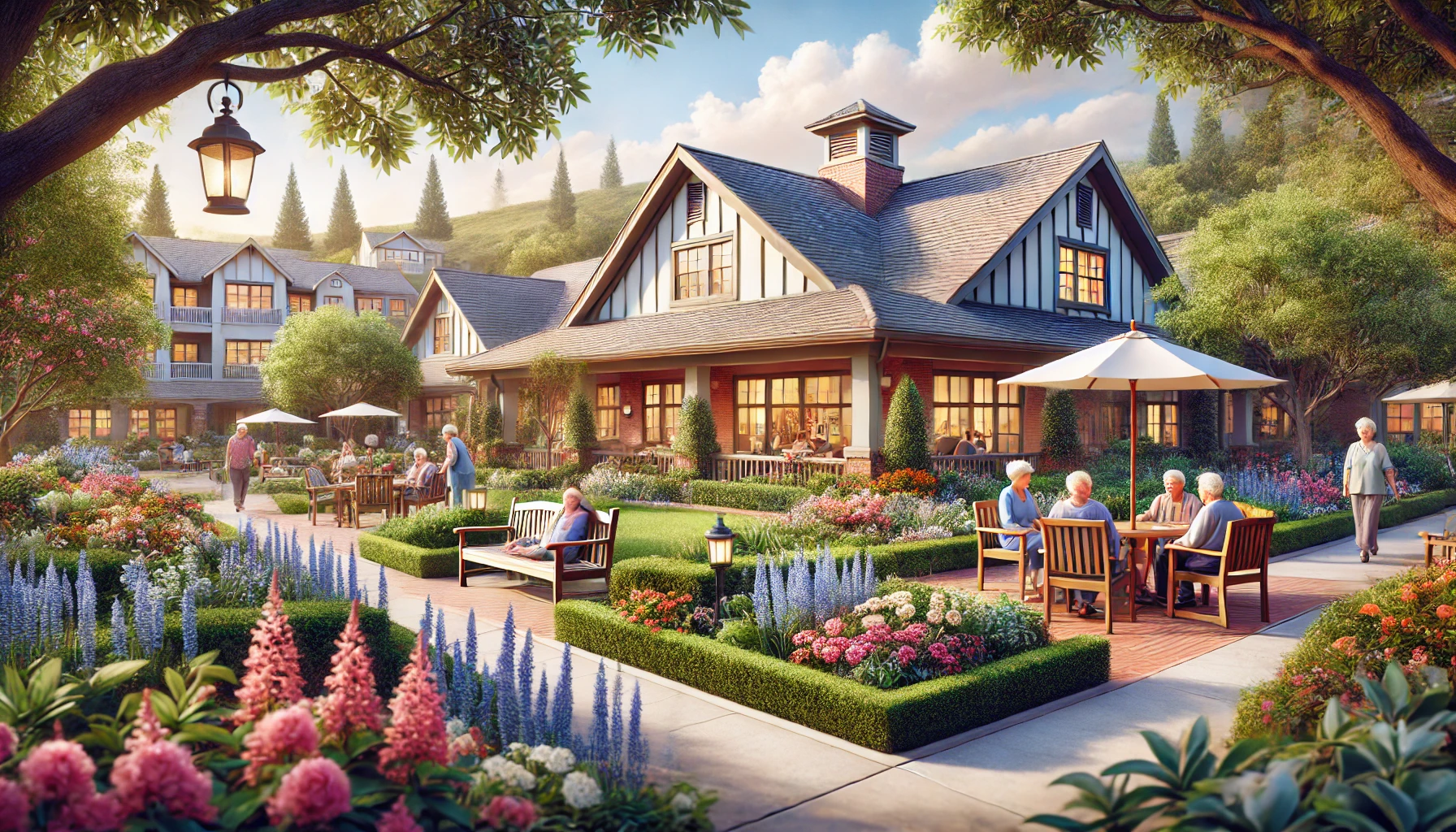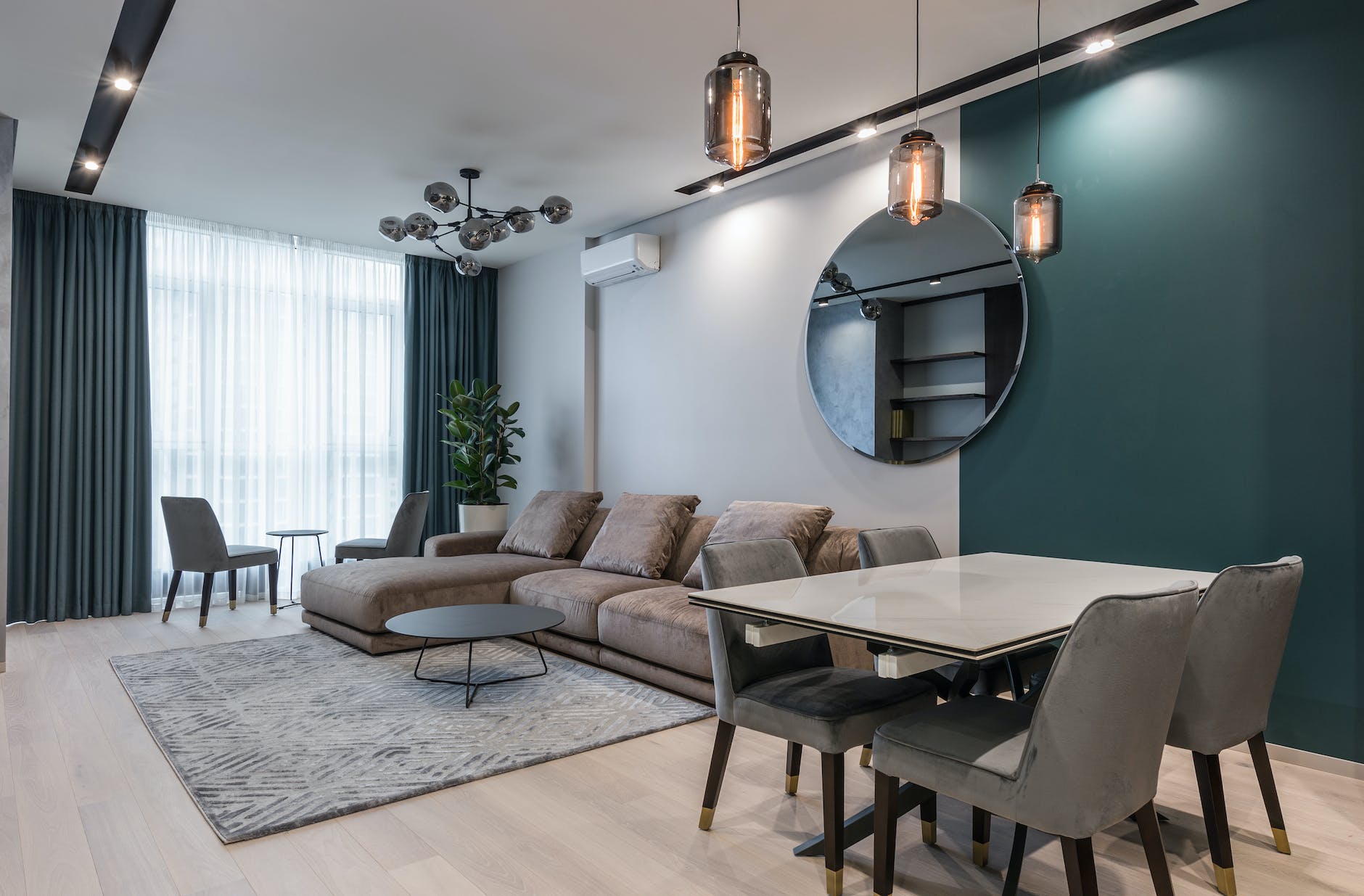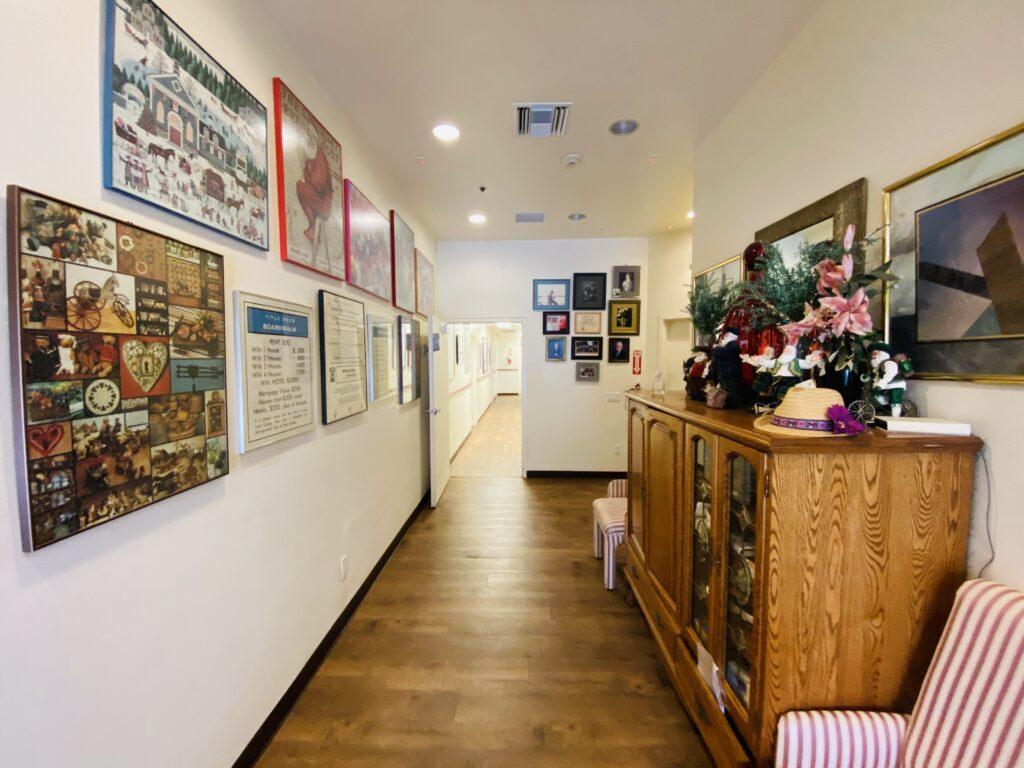San Diego continues to shine as a desirable destination for seniors seeking assisted living. With its idyllic weather, stunning ocean views, and vibrant cultural scene, the city offers a unique blend of high-quality care and an active lifestyle. As trends evolve in senior care, both families and care providers are embracing innovations that improve safety, affordability, and overall quality of life for residents.
A Diverse Landscape of Senior Care
Assisted living in San Diego is not a one‐size‐fits‐all model. Facilities range from upscale communities that offer resort‐style amenities to more modest, affordable housing options designed specifically for seniors on fixed incomes. Many communities provide not only assisted living services but also memory care, independent living, and even skilled nursing on the same campus. This “continuum of care” enables residents to age in place, ensuring that as their needs evolve, they can continue receiving the right level of support without having to relocate.
Trending Developments and News Stories
Recent headlines highlight the dynamic nature of San Diego’s senior care market. For example, the groundbreaking of new communities—such as the collaborative projects between Belmont Village and Greystar in Rancho Santa Fe—signals a robust commitment to expanding quality assisted living options. Additionally, local news stories about innovative affordable housing projects like Levant Senior Cottages in Linda Vista demonstrate how public–private partnerships are addressing the high cost of living in the region. These developments not only provide safe, comfortable homes but also ensure that seniors have access to supportive services that enhance their quality of life.
Cost Considerations in a High-Demand Market
Cost remains a significant factor when choosing an assisted living facility. San Diego is known for its premium living standards, and the average cost of assisted living here tends to be higher than in many other regions. However, families have access to a variety of financing options—from private pay and long-term care insurance to government assistance programs such as Medi-Cal and VA benefits. Many communities offer transparent pricing structures, ensuring that prospective residents and their families understand what is included in monthly fees, whether it’s room and board, personal care services, or access to on-site amenities.
Embracing Innovation and Technology
One of the most exciting trends in San Diego’s senior care sector is the integration of cutting-edge technology. Communities are increasingly adopting innovative solutions to enhance resident safety, engagement, and independence. For instance, some facilities have implemented voice-assisted technologies like Alexa to help residents control their environment and access essential services. Others are experimenting with robotic aides and virtual reality therapy, which can provide cognitive stimulation and emotional support for residents with dementia. These technological advancements are not only improving the quality of care but also setting a new standard for what assisted living can offer.
A Focus on Community and Wellness
Beyond the practical aspects of care, many assisted living facilities in San Diego emphasize community, wellness, and social engagement. With activities ranging from chair yoga and art classes to organized outings and live entertainment, residents have ample opportunities to stay active and connected. Many facilities also offer on-site amenities such as landscaped gardens, fitness centers, and even private beach access in some cases—capitalizing on San Diego’s natural beauty to create an environment that is both healing and uplifting.
Safety, Regulation, and Transparency
Safety and quality are paramount in assisted living. In California, assisted living facilities are regulated by the state’s Department of Social Services, ensuring that all communities adhere to strict standards. Regular inspections and transparent reporting help maintain high levels of care and foster trust among residents and their families. Recent news regarding investigations into incidents at some facilities—although rare—underscore the importance of robust oversight and continuous improvement in the sector.
Looking Ahead
As the population ages and the demand for assisted living continues to grow, San Diego is poised to remain at the forefront of innovative senior care. With new developments, a focus on technological integration, and a commitment to affordability and quality, the city is setting a benchmark for what modern assisted living can achieve. Families considering assisted living in San Diego can rest assured that they are choosing a market where care is continuously evolving to meet the diverse needs of today’s seniors.
In summary, assisted living in San Diego offers a blend of luxurious amenities, cutting-edge technology, and supportive care designed to meet a wide array of needs. Whether you are looking for a high-end community with resort-style services or a more budget-friendly option that still provides quality care, San Diego’s diverse senior living options ensure that every senior can find a home where they can thrive.








